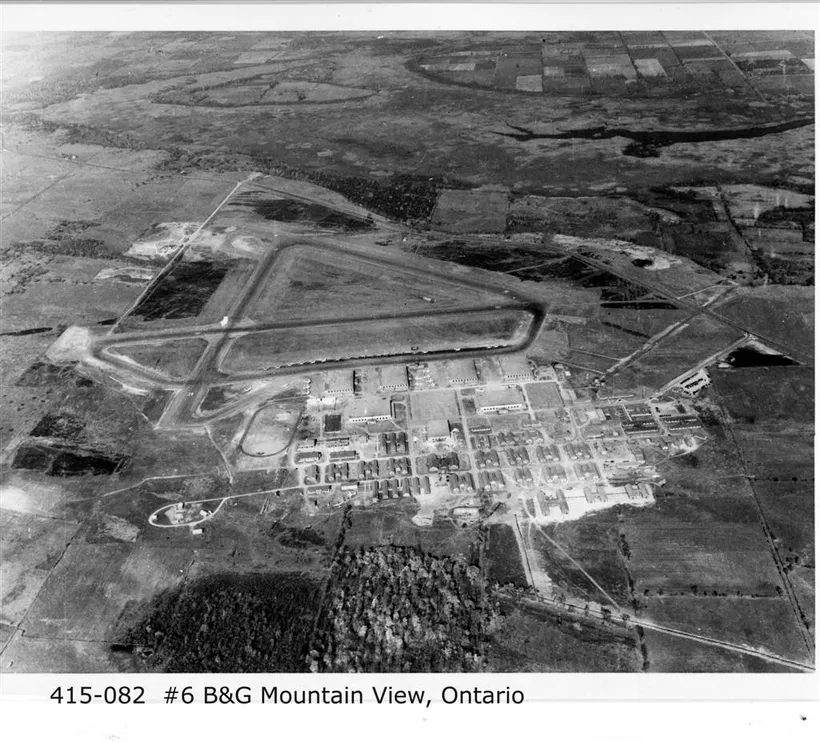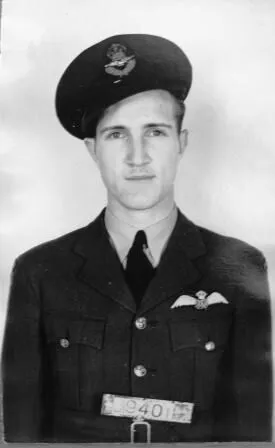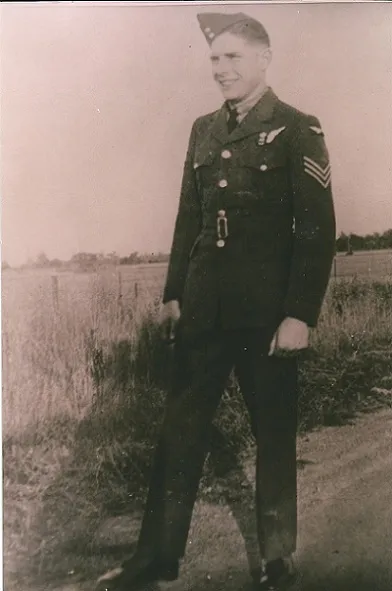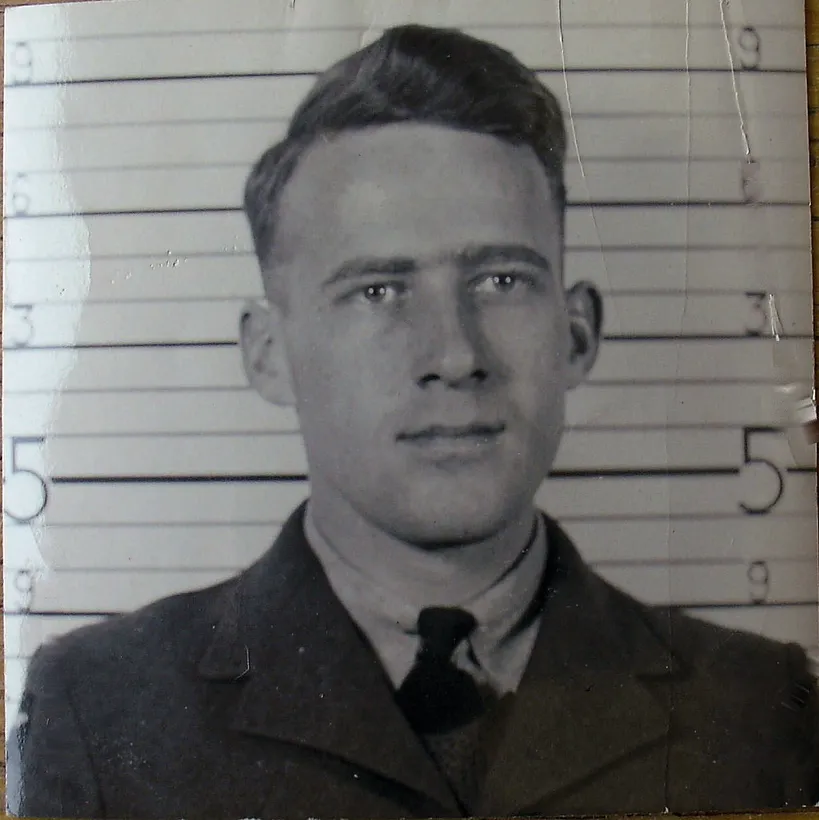Watt, Richard Howard (Leading Aircraftman)
Killed in Flying Accident 1944-February-24


Birth Date: 1923
Born:
Parents: Son of Frederick Howard Watt and Florrie Evelyn Watt, of Henleaze, Bristol
Spouse:
Home: Henleaze, Bristol, England
Enlistment:
Enlistment Date: unkown date
Service
RAFVR
Unit
6 (OT) BGS- Bombing & Gunnery School
Base
Mountain View, Ontario, Canada
Rank
Leading Aircraftman
Position
Service Numbers
1580279
Crew or Other Personnel
Bolingbroke 10241
Accident Card - Bristol Bolingbroke Mk. IVT serial:10241
This accident involved 1 aircraft on 1944-February-24. Bolingbroke IVT s/n 10241.
This accident involved 5 people. Kennedy WE, Sangster DW, Watt RH, Wright HH, Wright NAT
This accident had 5 fatalities. Leading Aircraftman Richard Howard Watt RAFVR Killed in Flying Accident service no:1580279 Bolingbroke 10241, Leading Aircraftman Norman Alistair Tulloch Wright RAF Killed in Flying Accident service no:989722 Bolingbroke 10241, Sergeant Donald William Sangster RCAF Killed in Flying Accident service no:R/209965 Bolingbroke 10241, Sergeant Herbert Huson Wright RCAF Killed in Flying Accident service no:R/114488 Bolingbroke 10241, Flying Officer William Elmer Kennedy RCAF Killed in Flying Accident service no:J/9401 Bolingbroke 10241
Mission
Bolingbroke Mk. IVT 10241
Operational 1944-February-24 to 1944-February-24
6 (OT) BGS (RCAF) Mountain View, Ontario, Canada
6 Bombing and Gunnery School, Mountain View, Ontario. Bolingbroke aircraft 10241 was returning from a gunnery exercise when it entered an out of control spin. The Bolinbroke crashed and burned at Melville, Ontario
Sergeant DM Sangster (RCAF), Sergeant H H Wright (RCAF), Flying Officer W E Kennedy (RCAF), Leading Aircraftman R H Watt (RAFVR) and Leading aircraftman N A T Wright (RAFVR) were all killed in this training flying accident
Bolingbroke serial: 10241
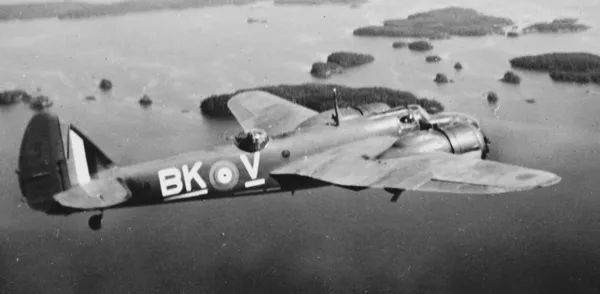
Fairchild Bolingbroke Mk. IV, RCAF (Serial No. 9118), coded BK-V, No. 115 (Bomber Reconnaissance) Squadron, Patricia Bay, British Columbia, 1942.
The Bristol Fairchild Bolingbroke was a maritime patrol aircraft and trainer used by the Royal Canadian Air Force during the Second World War. Built by Fairchild-Canada, it was a license-built version of the Bristol Blenheim Mk IV bomber.
In 1935, the British Air Ministry issued Specification G.24/35 to procure a coastal reconnaissance/light bomber to replace the Avro Anson. Bristol proposed the Type 149, based on its Blenheim Mk I, with Bristol Aquila engines to give greater range. While the Air Ministry rejected this proposal, a Blenheim Mk I, retaining its Mercury VIII engines, was converted as a Type 149 (Blenheim Mk III) for the general reconnaissance role.The nose was lengthened to provide more room for the bombardier, with the upper left surface of the nose being scooped out to maintain pilot visibility during takeoff and landing.
The longer range also fulfilled a Canadian requirement for a maritime patrol aircraft. Consequently, Fairchild Aircraft Ltd. (Canada) of Quebec started production of the Blenheim Mk IV as the Bolingbroke (the originally intended name for the Blenheim IV). This type was nicknamed the "Bolly". After a small run of aircraft constructed to British specifications, as the Bolingbroke Mk I, Fairchild switched production to the Bolingbroke Mk IV with Canadian and American instruments and equipment. These versions also included anti-icing boots and a dinghy. One of the early Mk IV variants was the Bolingbroke Mk IVW which was powered by two 825 hp (615 kW) Pratt & Whitney SB4G Twin Wasp Junior engines. Incapable of maintaining altitude on one engine, the normal bomb load was reduced to 500 pounds on these aircraft to compensate for the low engine power. The most-produced variant was the Bolingbroke Mk IVT trainer, of which 457 were completed. A total of 626 Bolingbrokes were produced. Wikipedia
Aircraft Images
Bolingbroke 10241
Bolingbroke Mk. IVT 10241
Delivered with Mercury XX STAR engines. Delivered to stored reserve. Issued from storage on 10 Aug 1943 to No. 1 TC and served with No. 6 B&GS in Mountain View, ON. Cat "A" crash, on 24 Feb 1944. when control was lost for an unknown reason, and the a/c spun into the ground from 2,000 ft, and was destroyed; Flying Officer W. Kennedy (Pilot), Flight Sergeant D. Sangster (AG Instructor), and RAF trainees Leading Aircraftman R. Watt, Leading Aircraftman N. Wright, and Flight Sergeant H. Wright were all killed. Wreckage to No. 6 RD for scrapping on 4 Mar 1944.1943-06-24 Taken on Strength No. 1 Training Command 2019-08-20
1944-February-24 Accident: 6 Bomb & Gunnery School Loc: Melville Names: Kennedy | Sangster | Watt | Wright | Wright
1944-03-14 Struck off Strength Struck off, reduced to spares and produce 2019-08-20
Unit Desciption
6 (OT) BGS (6 Bomb and Gunnery School)
The Bombing and Gunnery School (B&GS) offered instruction in the techniques of bomb aiming and aerial machine gunnery to Air Observers, Bomb Aimers, and Wireless Air Gunners. These schools required large areas to accommodate their bombing and gunnery ranges, and were often located near water. The Avro Anson, Fairey Battle, Bristol Bolingbroke, and Westland Lysander were the standard aircraft used at B&GS schools.